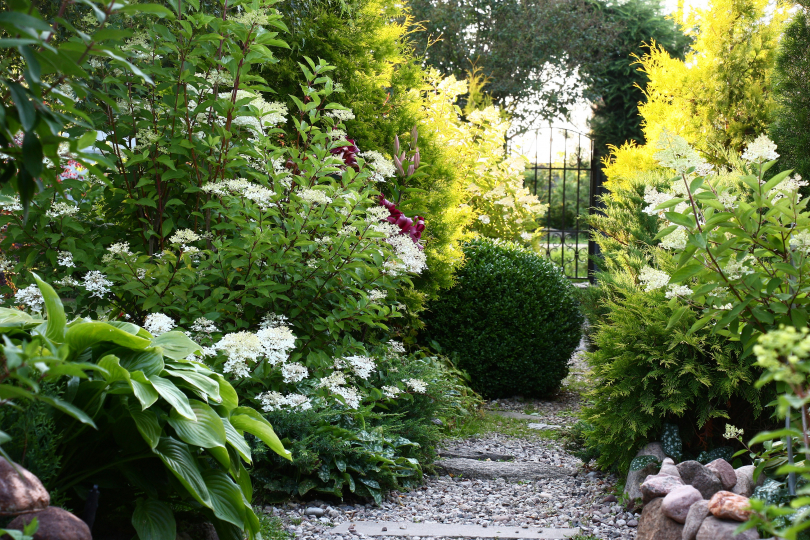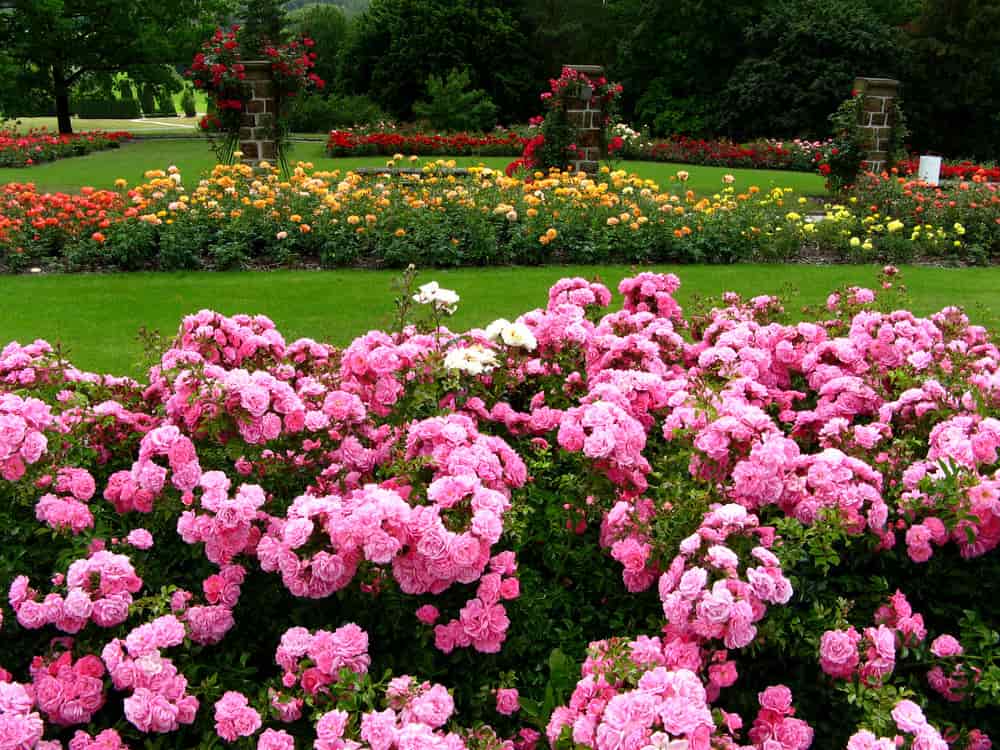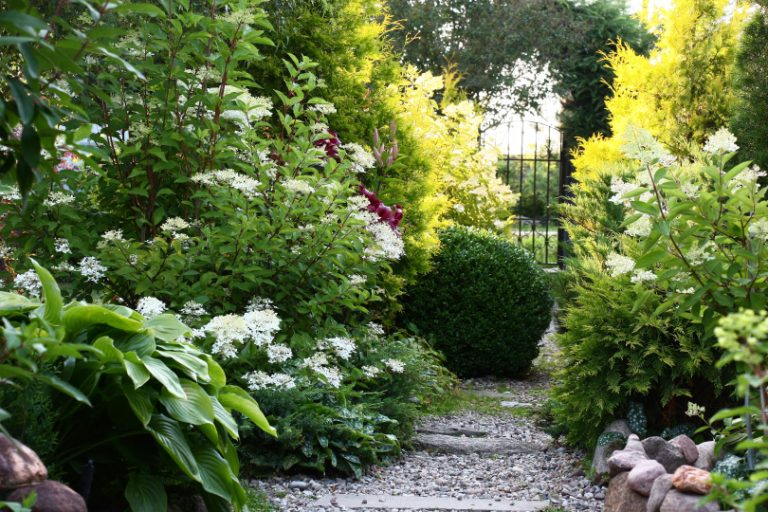Butterflies, wild bees, beetles and many other genera are beautiful species, but above all they are immensely important for our ecosystem and therefore worthy of protection. The little crawling friends are indispensable as pollinators for useful plants but also as a food source for birds, amphibians or hedgehogs.
Everyone can do something against insect mortality!
In times of nationwide monoculture with high use of pesticides as well as dense development and the associated sealing of surfaces in cities, but also the new trend “stone surfaces”, insects in this country are increasingly lacking a basis for life.
The good news:
It is not at all difficult to design your own garden or balcony in such a way that the insects find a suitable basis for life: create a rich supply of food and housing.
Every flower and shelter, no matter how small, has a big effect on the small flying and crawling animals.
These 8 tips will feed you insects!

1. Turn part of your lawn into a flower meadow
A lawn is better than an area filled with pebbles, but there is hardly any difference in the food supply for Maya the Bee and Co. Without further ado, turn part of the lawn into a wildflower meadow. To do this, let the plants grow wild in a few corners. Maybe you’ll get wild carrots, evening primroses or an impressive spear thistle. Alternatively, you can create a flower meadow professionally.
2. Let it bloom – from spring to autumn!
Insects need a rich supply of food not only selectively, but throughout the warm months. If you have the opportunity to create a garden or a border of perennials, then make sure that the plants alternate in their flowering phase throughout the season. This not only pleases the insects, but also your eyes.
3. Better a colorful home game than exotic ones
The more diverse the types of flowers, the better. You should give preference to native varieties, because our insects can generally do more with them than with exotic representatives.
4. Lush splendor does not necessarily fill you up
Basically, you should avoid lush flowers: They attract insects with their colors, but offer them almost no food. Unfortunately, the situation is very similar with the yellow-flowering forsythia, like many common ornamental flowers, they are unfortunately not insect-friendly.
5. Plant plants that are rich in nectar and pollen
Wild mallow, meadow sage, meadowsweet, columbine, viper’s bugloss, night violet, soapwort or loosestrife – but also various types of clover or buckhorn, which can be found in many lawns, have a good food supply for insects.
6. Twice as good: herbs and edible flowers
Many herbs or edible flowers have great flowers – so you have something for the kitchen as well. Examples are oregano, lavender, thyme, chives, mint, dill, marigold or nasturtium.
7. Plant fruit trees instead of ornamental trees
Fruit provides the insects with plenty of food during the flowering period. So plant fruit trees in your garden. Raspberry, blackberry, cherry or apple provide both you and the insects with a set table. By the way: Some butterflies and other insects also like to suck and eat fallen and “bad” fruit.
8. Share wild herbs and vegetables with caterpillars

Butterflies also need food plants for their caterpillars. The stinging nettle provides the basis for many species. So don’t remove them if you have them in the garden. With a bit of luck, the colorful caterpillars of the beautiful swallowtail can be found on your carrots, fennel or other umbelliferae.
It’s not that difficult to take action yourself and get our insects under the six legs. And it’s worth it in many ways. At the latest when you hear the birds singing and there is humming and buzzing around you, it is a good feeling to have played a part.

